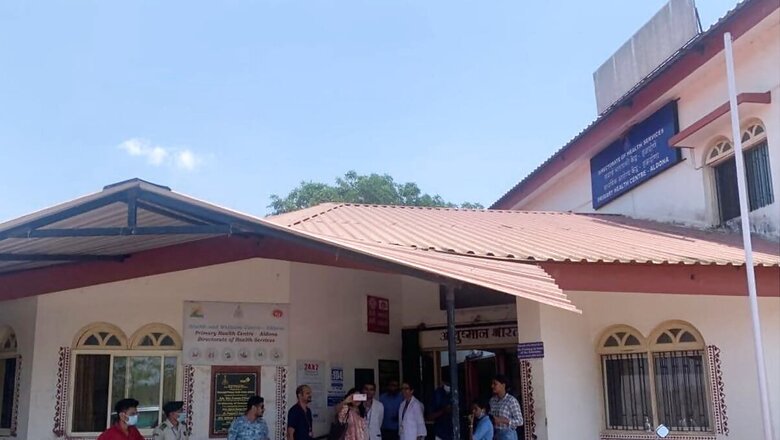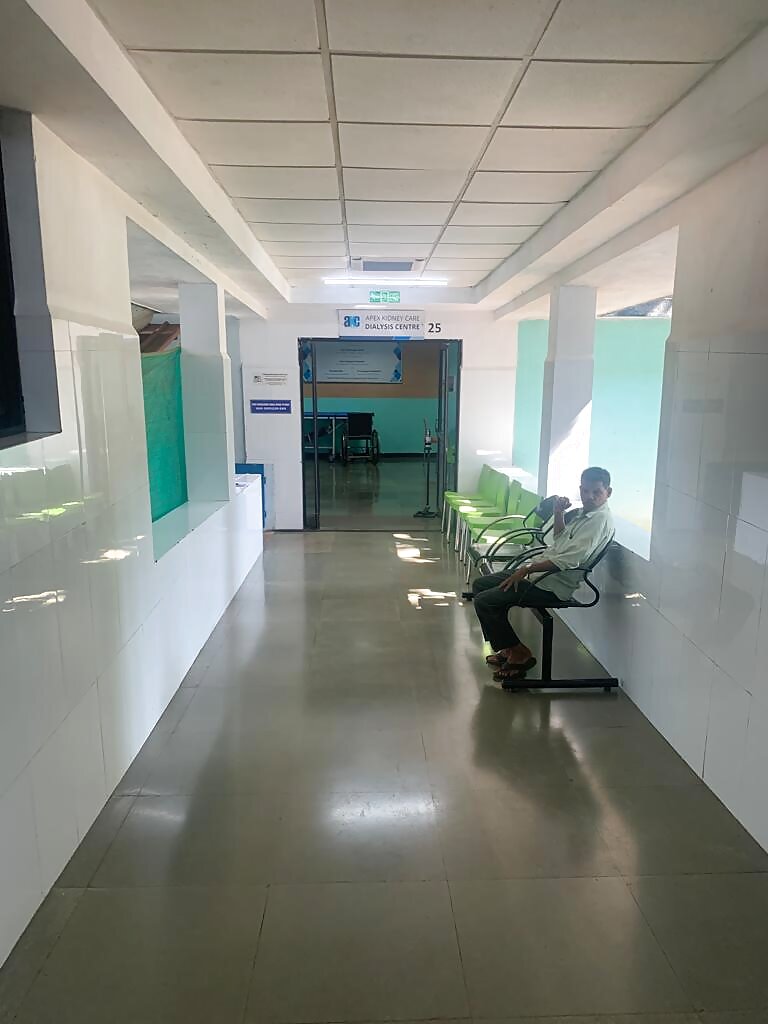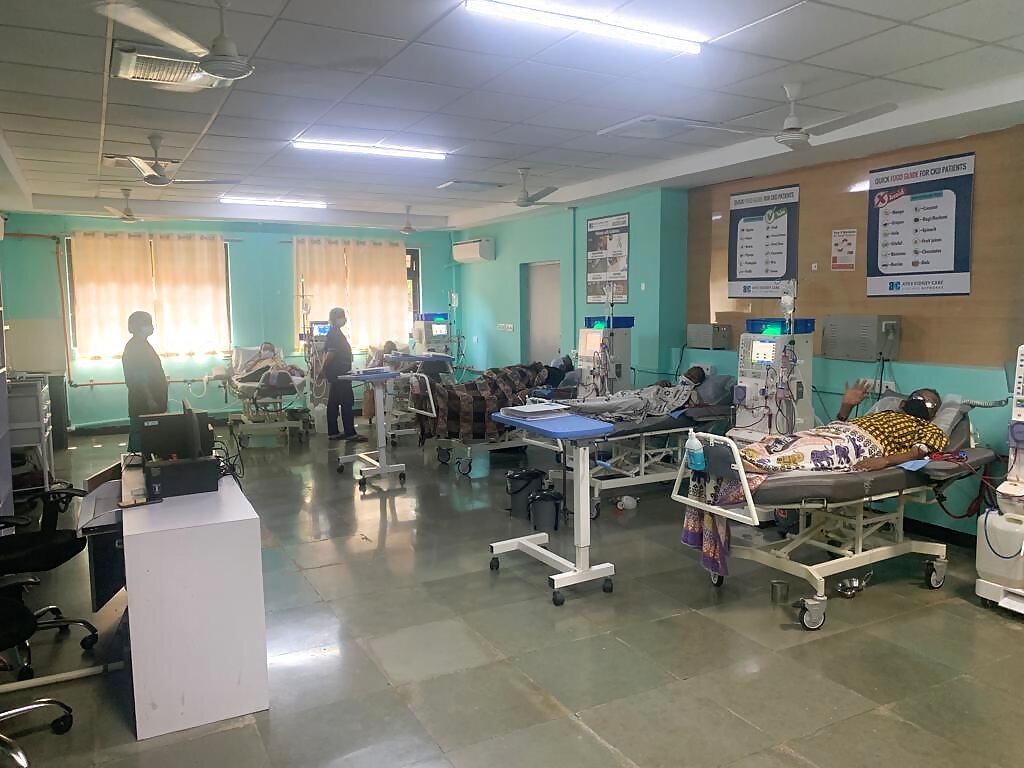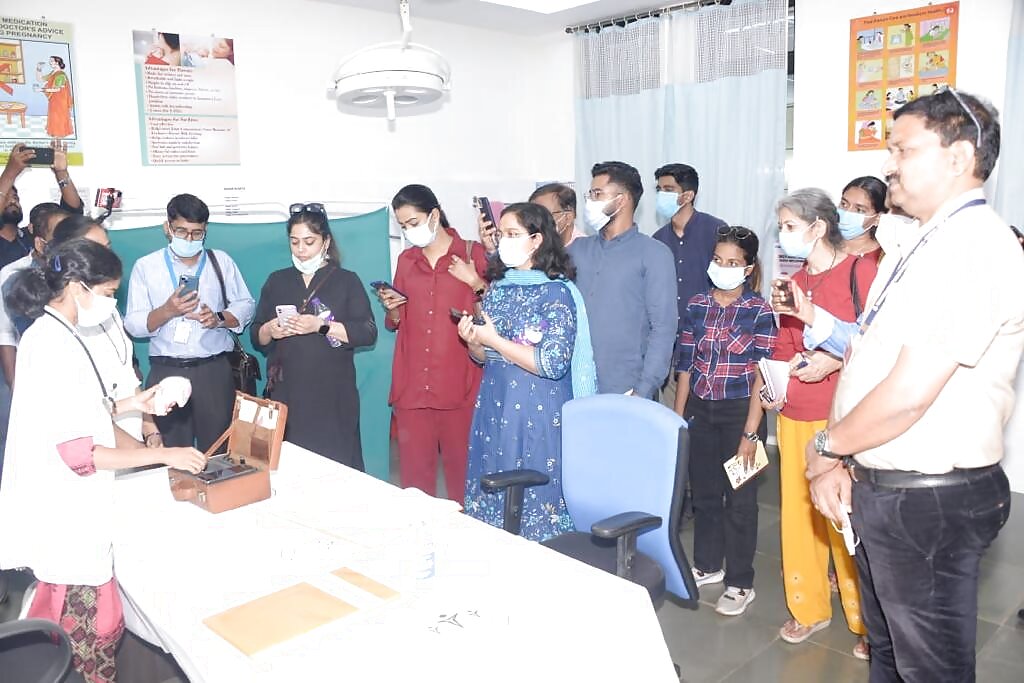
views
“Goa is all about beaches, casinos, shacks and parties.”
That’s what I thought when I was informed about a two-day field visit to the state. The objective of the trip was to do a deep dive into the state’s health systems, especially at the rural level.
The ground experience was gratifying to see health centres in rural Goa offering essential, high-end services to those who need them most – the poorest of the population.
The state could be a good model to showcase how the role of ‘primary health centres (PHCs)’ can be further expanded across India and the notion of poor health services in rural areas could be reversed.
The primary health centre (PHC) is the first contact point between the village community and the medical officer followed by the community health centres and district hospitals.
Meanwhile, right now, Goa holds more importance because of the upcoming meetings of the G20. The state is gearing up to host the second health working group meeting for G20 from April 17 to 19.
We – a group of journalists – started our two-day trip with PHC Corlim village located in North Goa. It is the state’s first PHC with digitised access.
From QR code-based registrations to writing e-prescriptions, dispensing medicines and generation of test reports – everything has been linked to the ABHA number. It means, if the patient forgets to bring his OPD card, slip or previous reports, the doctors can access his medical history (if the patient gives consent for the same).
This PHC had general OPD, ophthalmology, physiotherapy, dental OPD, pharmacy and diagnostic tests among other facilities.
The state government expects that in the next five years, all PHCs across Goa will be digitised in the same way.
Overall, there are 24 PHCs across the state. Some facilities offer all facilities – including dialysis services, breast cancer screening, inpatient service, Ayurvedic OPDs, heart attack emergency management, obstetrics and gynaecology, paediatrics and trauma care — under one roof whereas other offers a few selected.
For instance, 19 PHCs provide ophthalmic services, which include costly surgeries as well such as glaucoma, and corneal and retinal surgeries, whereas 20 PHCs offer dental OPDs.
Data shows that four PHCs — in Balli, Navelim, Dharbhandora and Cansualim – provide dialysis services, whereas 10 PHCs provide heart attack emergency management.
Free Dialysis Services
A 15-bedded PHC in Pilliem village of Dharbandora in South Goa has been efficiently running a dialysis centre catering to around 140 patients every month. The estimates by the state government suggest that a patient, on an average, saves Rs 3 to Rs 4 lakh annually. On average, at a private facility, the cost of one-time dialysis is at least around Rs 2,000 and the frequency of the procedure varies between two to three times a week.

There is another PHC in the village Navelim, which also runs a dialysis centre with a load of up to 12 patients per day. It’s uncommon for PHCs to have dialysis facilities.
At Pilliem, I spoke to several patients and their relatives waiting outside in a neat, airy room. Shobha Sawant, wife of a 74-year-old farmer, Uttam Sawant, who was undergoing dialysis at that time, told me that she has been visiting this facility for six months, twice a week for dialysis.
In Konkani, she told me, “Our son drops us at the PHC which is 10 km away from my house. We are comfortable coming here as the procedure takes place without spending a penny.”
The duty doctor heading Sawant’s dialysis played the role of a transcriber for us.
She further added that “it would have been very difficult for them to go to a district hospital – which is at least 50 km away from our house – twice a week. It will be inconvenient for my weak husband to travel long distances and also, it will require more money.”

The facility is part of the state’s Pradhan Mantri National Dialysis programme where services are provided under PPP mode along with Apex Kidney Care Private Limited.
Detecting and Treating Heart Attacks
The Goa government claims to be the first one to start a project aiming to reduce deaths due to cardiac failures. In 2018, it initiated ST Elevation Myocardial Infarction (STEMI) project in partnership with Bengaluru-based Tricog Health Services.
A STEMI is a type of heart attack that mainly affects your heart’s lower chambers.
The project so far is available in 20 centres across Goa including 10 PHCs, 6 community health centres (CHCs) and four districts, and sub-district hospitals.
So far, 1.73 lakh ECGs have been conducted in emergency situations under the project, out of which, 12,452 were critical and 5,437 were STEMI critical, which were treated. Around 2,500 people have been thrombosed – a procedure to save a life – till February 2023.
Under this initiative, PHCs are trained to stabilise the patient by thrombolysis before referring them to bigger hospitals. Once the patient is diagnosed suffering STEMI, he/she is thrombosed using a medicine (tenecteplase/reteplase) which costs slightly more than Rs 40,000 but is sponsored by budgets from the state government, national health mission and CSR partners.
Cloud-connected ECG is transferred to a Bengaluru-based partner who runs artificial intelligence and analyses the report of the patient. State officials say the average ECG diagnosis time stands at two minutes and an average treatment time is 30 minutes within arriving at the health facility. The statistics are much better than the average treatment time of 4-6 hours in urban India (in case of heart attack) which is much beyond the golden hours (90 minutes) when chances of survival are maximum.
Breast Cancer Screening
The state-run Swasth Mahila Swasth Goa Project sounds like the usual hundreds of programmes that every state government runs. But this programme is special as the screening can be conducted at PHCs as well.
The PHCs are capable of conducting screening, depending on the availability of device which is shared by other PHCs and centres on a rotational basis.

But the screening programme is not limited to women coming to PHCs because the health workers conduct camps across the rural belts.
For instance, health workers at PHC Dharbandora told me that they conducted more than 400 scans in March out of which two suspects have been diagnosed but the final reports were pending.
The state government has been conducting health camps for women under which more than 60,000 screenings have taken place since October 2021 and 1,406 suspects have been detected and 28 breast cancer-positive cases have been diagnosed but at much earlier stages with high chances of recovery and survival.
The project is also supported by the SBI Foundation. A handheld high-tech machine made available to healthcare workers by former cricketer Yuvraj Singh’s YOUWECAN cancer foundation makes the programme highly effective. The machine, costing around Rs 8.5 lakh, is easily operable for primary health care providers and is painless and radiation-free making women more comfortable while giving consent for check-ups. Each scan takes around 8 to 10 minutes. The machine works on testing the stiffness of the breast tissues and works with an overall specificity and sensitivity of around 87%.
‘Goans More Inclined Towards Public Hospitals’
“The state has also established a genome sequencing laboratory which is ICMR approved and part of INSCOG network,” Arun Kumar Mishra, health secretary of Goa told me in a press conference.
The Indian SARS-CoV-2 Genomics Consortium, or INSACOG, is a group of laboratories to monitor genomic variations.
He said, “I am confident that his state can handle all sorts of health challenges.”
Mishra said the majority of the Goan population uses public health facilities than private. “The total population of the state is 15 lakh. Last year, footfall at public hospitals was around 18 lakh, which includes repeat patients also. You can do the math. The inclination is greater towards public hospitals.”
The state government data shows that 60% of the population uses public hospitals whereas the remaining 40% goes to private hospitals – contradicting the national trend where more than 55% of the population uses private hospitals (61% in urban areas and 52% in rural areas).
Financial constraints and lack of infrastructure make it an ordeal for people living in poverty to seek even the most basic health care. Goan PHCs are a good example of building models using public-private partnerships.
While there is scope to do even better in every healthcare model including Goa’s, the world after Covid needs us to build strong and efficient systems, which hold the hand of those who need it most.
Read all the Latest India News here



















Comments
0 comment